Longitudinal multi-omics analysis of host microbiome architecture and immune responses during short-term spaceflight
- PMID: 38862604
- PMCID: PMC11222149
- DOI: 10.1038/s41564-024-01635-8
Longitudinal multi-omics analysis of host microbiome architecture and immune responses during short-term spaceflight
Abstract
Maintenance of astronaut health during spaceflight will require monitoring and potentially modulating their microbiomes. However, documenting microbial shifts during spaceflight has been difficult due to mission constraints that lead to limited sampling and profiling. Here we executed a six-month longitudinal study to quantify the high-resolution human microbiome response to three days in orbit for four individuals. Using paired metagenomics and metatranscriptomics alongside single-nuclei immune cell profiling, we characterized time-dependent, multikingdom microbiome changes across 750 samples and 10 body sites before, during and after spaceflight at eight timepoints. We found that most alterations were transient across body sites; for example, viruses increased in skin sites mostly during flight. However, longer-term shifts were observed in the oral microbiome, including increased plaque-associated bacteria (for example, Fusobacteriota), which correlated with immune cell gene expression. Further, microbial genes associated with phage activity, toxin-antitoxin systems and stress response were enriched across multiple body sites. In total, this study reveals in-depth characterization of microbiome and immune response shifts experienced by astronauts during short-term spaceflight and the associated changes to the living environment, which can help guide future missions, spacecraft design and space habitat planning.
© 2024. The Author(s).
Conflict of interest statement
B.T.T. was compensated for consulting with Seed Health and Enzymetrics Biosciences on microbiome study design. R.D. and G.A.A.-G. are employees of Seed Health. C.E.M. is a co-founder of Cosmica Biosciences. E.E.A. is a consultant for Thorne HealthTech. G.M.C. has conflicts, detailed here:
Figures




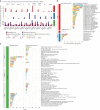
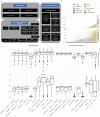


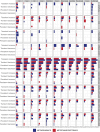
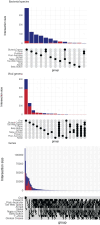


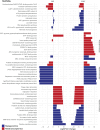
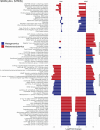
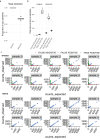
Update of
-
Viral activation and ecological restructuring characterize a microbiome axis of spaceflight-associated immune activation.Res Sq [Preprint]. 2023 Oct 10:rs.3.rs-2493867. doi: 10.21203/rs.3.rs-2493867/v1. Res Sq. 2023. Update in: Nat Microbiol. 2024 Jul;9(7):1661-1675. doi: 10.1038/s41564-024-01635-8. PMID: 37886447 Free PMC article. Updated. Preprint.
References
-
- Jennings RT, et al. Medical qualification of a commercial spaceflight participant: not your average astronaut. Aviat. Space Environ. Med. 2006;77:475–484. - PubMed
-
- Iovino P, et al. Gastrointestinal function in simulated space flight microgravity. Dig. Liver Dis. 2009;41:S140. doi: 10.1016/S1590-8658(09)60368-6. - DOI
MeSH terms
Grants and funding
LinkOut - more resources
Full Text Sources

